1891
The Origin of Tottori's Sake Rice Variety “Gōriki”
Gōriki is a sake rice (shuzō-kōtekimai) variety unique to Tottori Prefecture. Its history dates back to 1891 (Meiji 24), when Shinpei Watanabe, a resident of present-day Daisen Town in Tottori, purchased 21 types of rice seeds from outside the prefecture for trial cultivation. Through careful selection and breeding, one superior strain was chosen and named “Gōriki” to be cultivated locally.
The origin of the name “Gōriki” has few theories. One suggests it came from Emperor Go-Daigo who is said to have named strong local men “Kōriki” (another reading of the same characters). Another theory connects the name to a place called “Gōriki” in Kurayoshi City.
Later the Tottori Prefectural Agricultural Experiment Station conducted pure-line selection and developed Gōriki types No. 1 through No. 10. Among these Gōriki No. 1 was recommended for food consumption while Gōriki No. 2 became well-known as a sake rice due to its excellent shinpaku (white core) quality—an essential trait for premium sake brewing. At the time, Gōriki rice was widely shipped outside the prefecture.
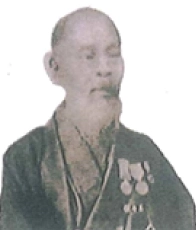
1955
The Disappearance
of Gōriki
Gōriki was cultivated throughout the Meiji, Taisho, and Showa eras and in 1921 (Taisho 10) it was officially adopted as a recommended variety in Tottori Prefecture. At its peak, it was grown so widely that it accounted for one-third of all rice paddies in the prefecture.
However the new rice varieties that were shorter and easier to cultivate became more popular. In contrast Gōriki which is tall and prone to lodging (falling over) and sensitive to weather conditions gradually fell out of favor.
Eventually in 1945 (Showa 20) Gōriki was removed from the list of recommended rice varieties in Tottori Prefecture. By the mid-1950s (Showa era 30)it had virtually disappeared from rice fields across the region.
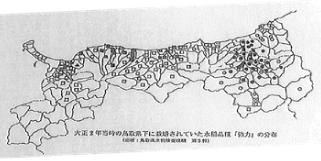
Distribution of Gouriki
A map from around 1913 (Taisho 2) shows that Gōriki was once grown throughout Tottori Prefecture, occupying a third of its rice paddies.
1988
Revival of Gōriki
In 1988 (Showa 63) under the guidance of Mr. Hiroshi Uehara who served as a brewing technology advisor for Tottori Prefecture the revival of Gōriki began. Seeds that had been preserved in limited quantities by the Faculty of Agriculture at Tottori University were provided, and cultivation resumed in 1989 (Heisei 1)—this marked the beginning of Gōriki's revival.
Rice varieties naturally cross-pollinate at a rate of 1–3% annually and because Gōriki was no longer an officially recommended variety there was a risk of genetic purity being compromised due to the inability to officially update the seed stock.
To address this and to ensure the production of high-purity seeds and rice a collaborative group was formed in 1998 (Heisei 10) called the “Society for the Cultivation of Gōriki” . This group brought together local farmers, sake brewers, Tottori University’s Faculty of Agriculture and the Tottori Prefectural Agricultural Experiment Station.
To manage seed integrity foundation seeds are distributed exclusively to members of the society. Self-seeding is prohibited and annual seed renewal is required to maintain quality.
Today nine sake breweries in Tottori Prefecture are members of the Society for the Cultivation of Gōriki.
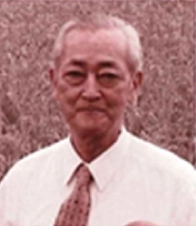
Rules of the Association of the “Society for the Cultivation of Gōriki”
Article 1
The sake-brewing rice Gōriki is a specialty variety unique to Tottori Prefecture. The purpose of this society is to preserve its regional individuality and genetic purity, and to foster its healthy cultivation.
Article 2
To achieve the objective outlined in Article 1, the society shall carry out the following activities:
1. Preservation and maintenance of the genetic purity of Gōriki sake rice.
2. Guidance and support for the production of Gōriki sake rice.
3. Regulation of contractual relationships between producers (farmers and related organizations) and sake brewers.
4. Management of seed stock.
5. Maintenance of rice quality and research into quality improvements.
6. Other necessary matters for achieving the purpose stated in Article 1.
Article 3
Membership in this society shall be composed of the following:
1. Farmers within Tottori Prefecture who are motivated to grow Gōriki sake rice for brewing purposes.
2. Sake brewers within Tottori Prefecture who are motivated to brew sake using Gōriki sake rice.
3. Representatives of relevant organizations and individuals with academic or technical expertise.
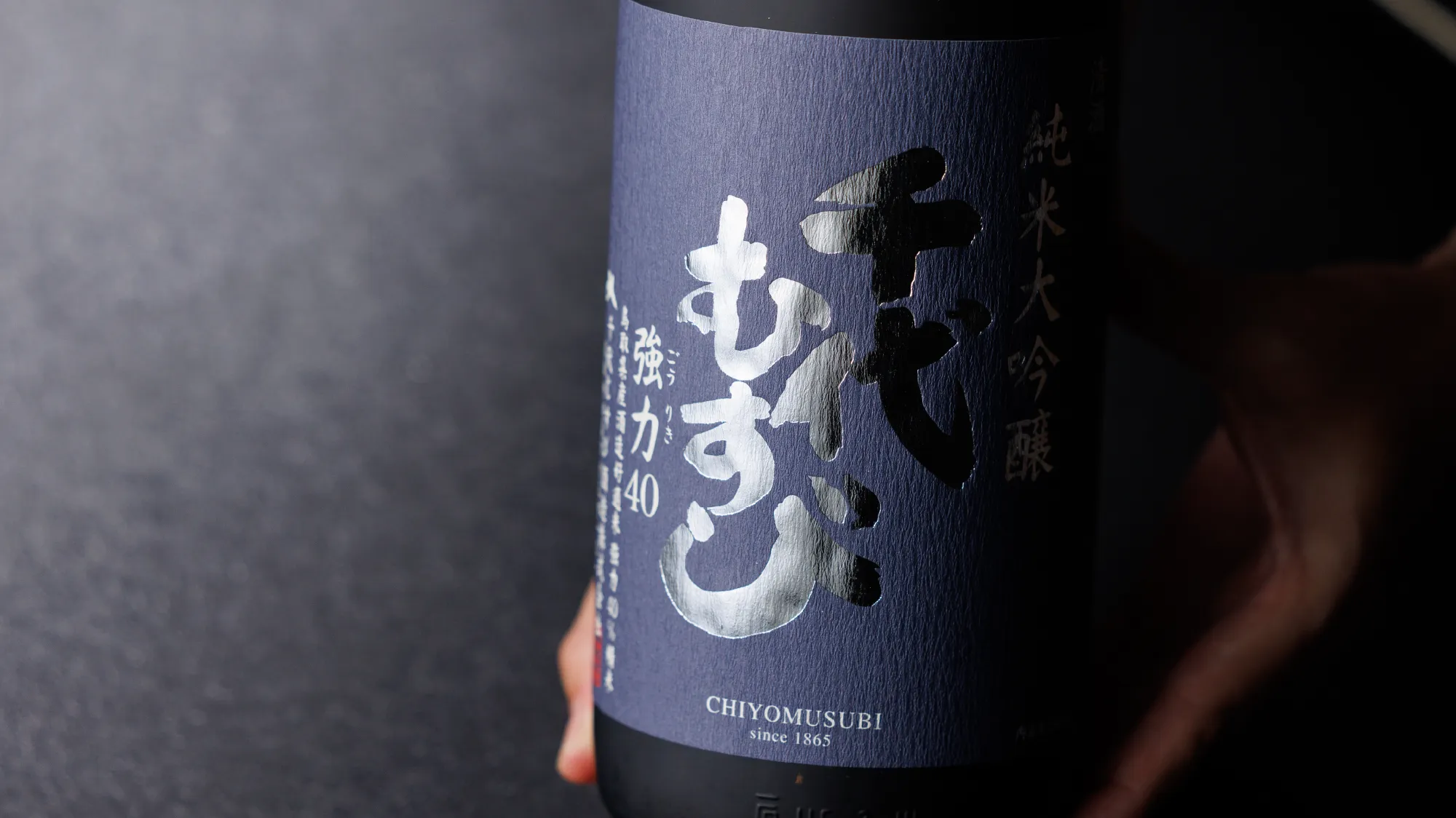
Chiyomusubi Sake Brewery’s Commitment to Gōriki Rice
Chiyomusubi Sake Brewery has been involved in the "Society for the Cultivation of Gōriki" since its formation participating from the preparatory stages. In 1998 (Heisei 10) the brewery began producing Junmai ginjo sake using Gōriki rice polished to 50% starting from a mere 1,223 kg of brown rice.
Following this the brewery approached farmers—many of whom had been cultivating Yamadanishiki rice—and requested that they begin growing Gōriki instead. This allowed Chiyomusubi to establish a system capable of securing a stable supply of Gōriki rice.
As a result, sake products made with Gōriki rice expanded beyond Tottori Prefecture to other regions of Japan and even overseas. By 2014 (Heisei 26), the brewery was able to offer a full lineup of sake ranging from Junmai to Junmai Daiginjo made with Gōriki rice.
Currently, all Gōriki rice used by Chiyomusubi Sake Brewery is contract-grown by farmers throughout Tottori Prefecture.
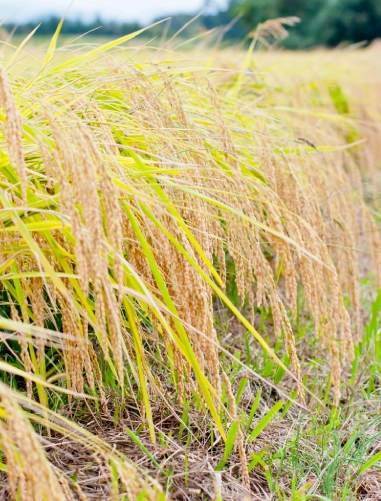
The origin of the Gouriki used by Chiyomusubi Sake Brewery
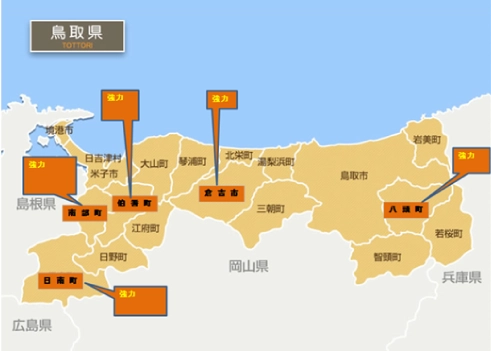
Uses Gouriki grown in Hoki Town, Nanbu Town, Nichinan Town, Kurayoshi City, and Yazu Town
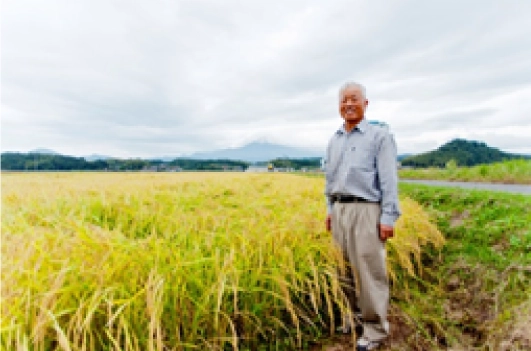
Gouriki rice producer, Mr. Takemoto (Nanbu Town)
Characteristics of Gōriki Rice
GORIKI FEATURES
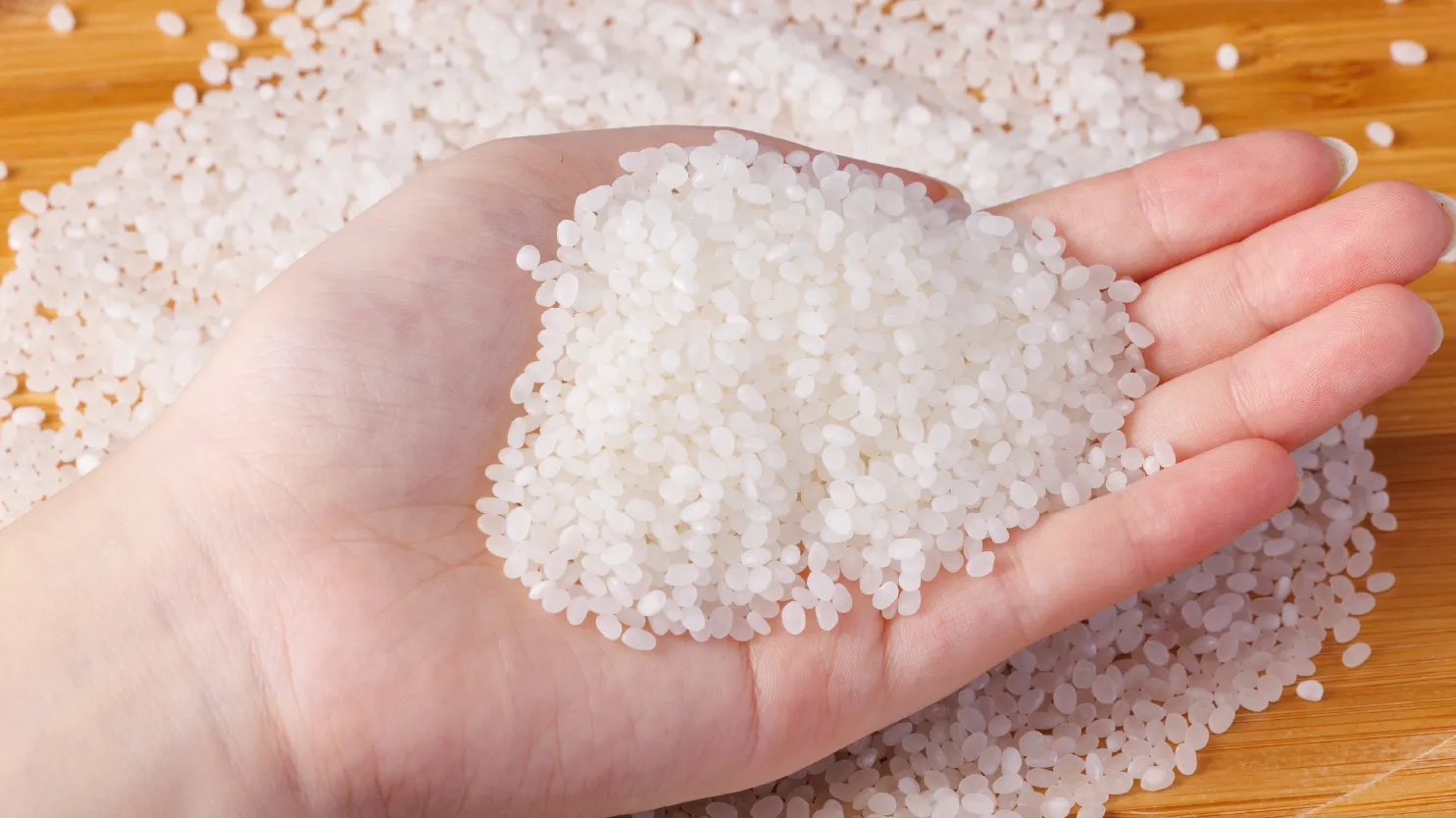
Gōriki is known for having a long stalk making it prone to lodging (falling over in the field). It features a line-shaped shinpaku (white core) a trait it shares with other sake rice varieties such as Yamadanishiki and Omachi.
The shinpaku consists almost entirely of starch and has a relatively coarse structure. This allows water to easily penetrate to the core and making it ideal for producing steamed rice with a firm exterior and soft interior which is optimal for kōji (malt) production.
The grains themselves are physically hard so polishing takes longer than average. Sake brewed with Gōriki typically features a rich full-bodied flavor which is one of its signature qualities.





 CONTACT
CONTACT ONLINE STORE
ONLINE STORE